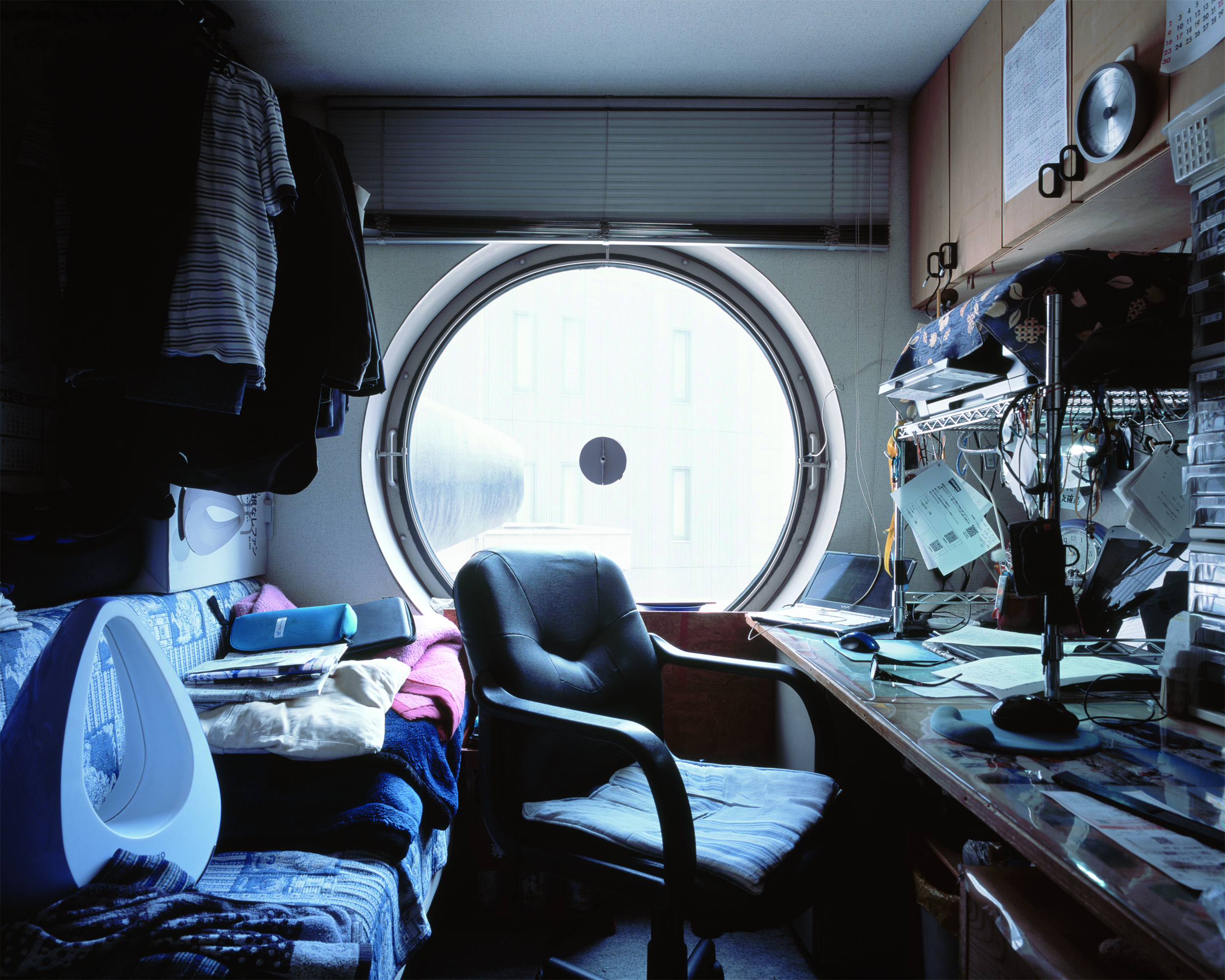When the Nakagin Capsule Tower opened in Tokyo in 1972, it embodied the energy and optimism of Japan's postwar boom. Considered architect Kisho Kurokawa's opus, its completion was also a major moment in the development of metabolism, the much publicized Japanese avant-garde architectural movement that believed cities could cope with rapid modernization by mimicking biological systems. Beginning in 1960 with their founding manifesto, the metabolists relied on hypothetical proposals, both drawn and written, to disseminate their ideas. The Capsule Tower made these proposals a reality: Each unit — or capsule — could be added, subtracted or replaced in a manner approximating organic growth. While it was not the first realized metabolist project, its scale and charisma brought the movement international fame.
Over time, metabolism, and the rapid-growth economy it fed on, faded away and the Capsule Tower fell into disrepair. Despite this, images of the tower's circular windows — and the modular units that comprise the tower's jumbled form — remain in wide circulation. The tower's striking geometry remains instantly recognizable and the clear articulation of individual capsules communicates the building's underlying concept with advertisement-like efficiency.

















With your current subscription plan you can comment on stories. However, before writing your first comment, please create a display name in the Profile section of your subscriber account page.